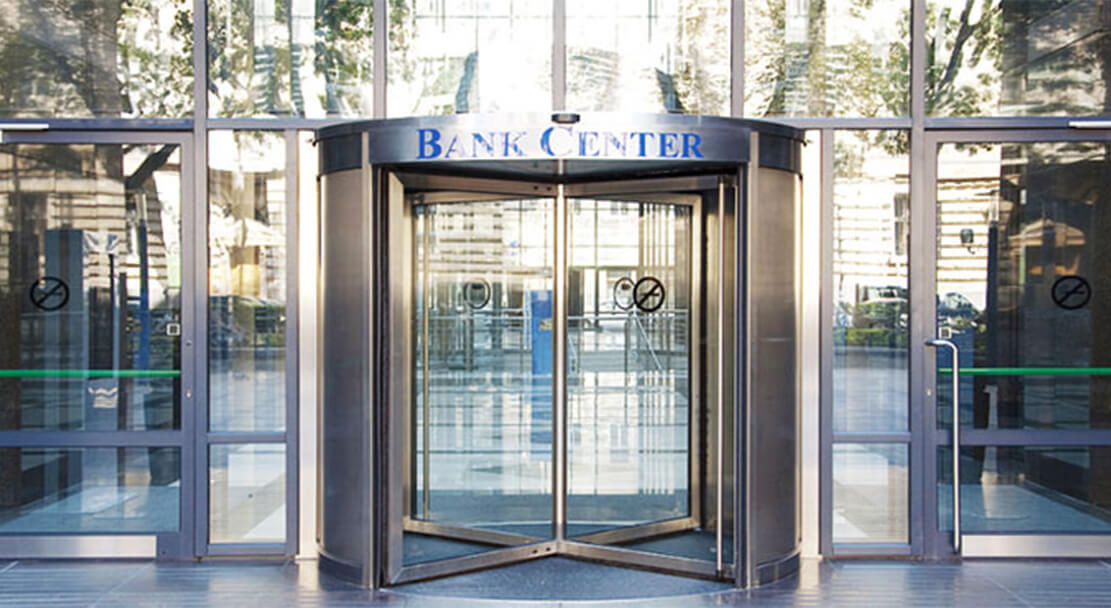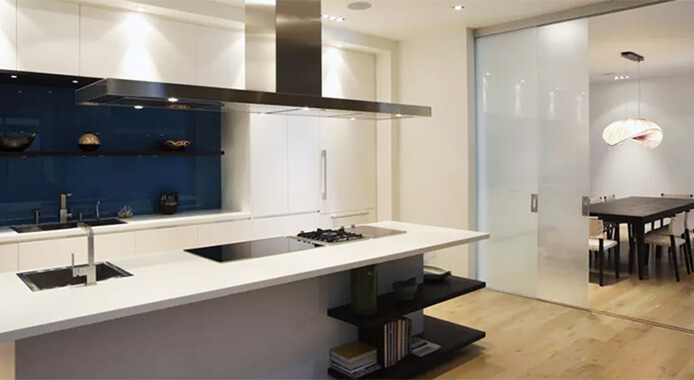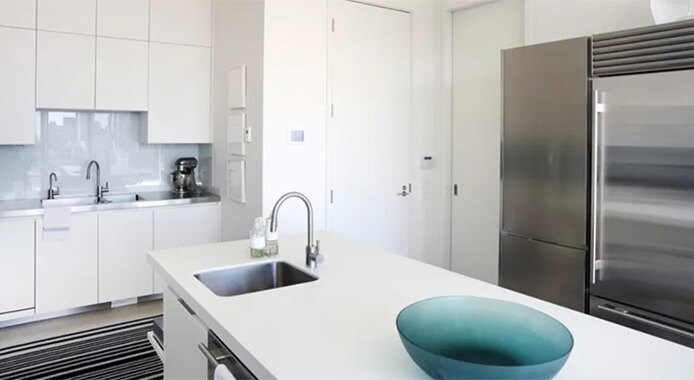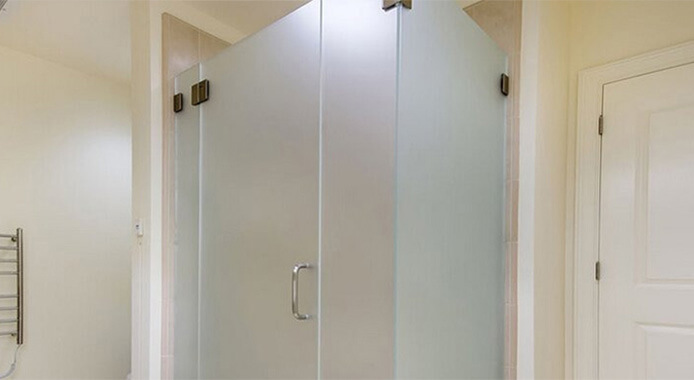Bulletproof glass is a sandwich safety glass with specific resistance to bullets. It can be widely used in banks, postal, telecommunications, securities, insurance and other units of counter and museums, archives, high-end residential, prisons and other important places and money trucks. It is a widely used and rapidly developing variety in the field of security products.
1. Installation of bullet-proof glass is the need of safety assurance
With the rapid development of China’s national economy, more and more places and objects need to be protected. Bulletproof glass has been rapidly popularized and used for its unique advantages. Its main advantages are:
It provides a transparent security barrier for the protected objects, which makes it difficult for criminals to rob in the protected areas.
It eliminates the psychological barriers caused by the use of protective fences between the protected objects and customers, and facilitates the emotional communication between the salesmen and customers.
It beautifies the working environment and lighting effect of the protected objects, and improves the decorative grade of the business environment and the image of the enterprise.
The use of bullet-proof glass can not only avoid being injured by the gunman, but also have the ability to guard against theft. The use of strong destructive tools is not easy to be destroyed in a short time. It is precisely because of the above advantages of bullet-proof glass, so it is widely used in some important places. At present, our country has been able to produce bullet-proof glass which can prevent all kinds of common bullets, and the quality of individual manufacturers has reached the international advanced level.
II. Bulletproof Principle and Quality Standard of Bulletproof Glass
The bullet-proof principle of bullet-proof glass mainly relies on offset and absorption to eliminate bullet energy. Its structure has symmetrical type: X-10 Y-10 X arrangement, its bullet-proof ability and cost are low; asymmetrical type, i.e. mixed arrangement or ascending (descending) power arrangement, its performance and cost are in turn higher than the former. But no matter what kind of structure, there must be a main bearing layer. In terms of quality, first of all, the ballistic-proof capability must meet the required requirements, and the transmittance performance should meet the requirements of use. Secondly, we should have enough environmental stability, that is, long-term use does not affect the bullet-proof ability, does not lose the transmittance performance, the vision should be clear, easy to maintain, and has a long effective life. Measure whether bullet-proof glass meets the use requirements. Generally based on certain standards. Internationally, UL752, ASTM1233, BS5051 of the United Kingdom, DIN 52290 of Germany and UN19187 of Italy all have detailed regulations on the types of weapons, bullets, shooting methods and the state of glass to be achieved after shooting. The industry standard GA1651997 “bullet-proof composite glass” issued by the Public Security Bureau of China in 1997 and the national standard GB17840-1999 “bullet-proof glass Bullet Resistant Glazing” issued by the State Technical Supervision Bureau on September 1, 1999 synthesize the advantages of the foreign bullet-proof glass standard and formulate it according to the actual situation of our country’s existing firearms. On the whole, the requirements are higher, more specific and more appropriate than those of foreign standards. Operation.
In order to ensure the anti-elasticity performance, the structure, thickness of glass and film and processing technology of the shaped anti-ballistic glass can not be changed. Otherwise, the anti-ballistic ability and service life will inevitably be affected. For example, F54-L bullet-proof glass, the firearms are 54 pistol bullets, and the average weight of steel bullets is 5. 53g, the maximum impact energy is 520. 5J (Joule). Considering the aging of materials, a certain safety factor should be increased. Assuming the safety factor increased by 50%, ballistic glass should be able to withstand 780. The impact of 0J can be used. Suppose that glass can remove three fifths of the bullet’s energy, or 468. At 48J, the film must absorb 312. 32J energy. If a certain type of bullet-proof glass is finalized to 0. 38 x 6 film is an intermediate film which can absorb 312. If 32J can be set, 0 cannot be used. Films of 38 x 5 or less are used as intermediate membranes. Otherwise, the bullet energy can not be eliminated or the safety factor can not be eliminated, so the quality of bullet-proof glass will be discounted. Although there will be no problems in a short time, after several years, the organic materials will begin to aging, and the bullet-proof ability will begin to decrease. Such bullet-proof glass must not be used, otherwise the bullet-proof glass will not be bullet-proof, and the hidden danger will be greater. At present, the phenomenon of jerry-building and material reduction is common in bullet-proof glass produced by some individual enterprises. If you use 0. 38 or 0. 5 mm film instead of 0. 76mm film, 0. 76mm film instead of 1. 14 mm film, 4. 2mm glass instead of 5mm glass, 7mm glass instead of 8mm glass, 11mm glass instead of 12mm glass, etc. The process is much less and the cost is very low. Some users bought such bullet-proof glass, after a period of time, the problem began to expose, and had to spend more money to replace, resulting in greater losses.

3. Combination Forms and Characteristics of Bulletproof Glass
There are many kinds of materials which can be used for the manufacture of bullet-proof glass.
(1) Compound of Float Glass and PVB Membrane
When the float glass is compounded with polyvinyl butyral (PVB), the glass can be bullet-proof when the total thickness reaches a certain value. For example, the thickness reaches 24MM (film 0). When 38 x 6, the ballistic-proof ability of ballistic-proof glass can meet the requirements of F54-L of GB17840-1999 “ballistic-proof glass”, and the film is (0). When 38 *8, it can meet the requirements of F54-M class. The advantages of this combination form are good environmental stability, low cost, not easy to aging, long life, but glass is prone to spatter when shot. Suitable for relatively static use.
(2) Composite of laminated glass and polycarbonate board
There are two kinds of bullet-proof glass in this form. One is to bond polycarbonate board directly to glass with special bonding materials such as polyurethane (PC) film.











